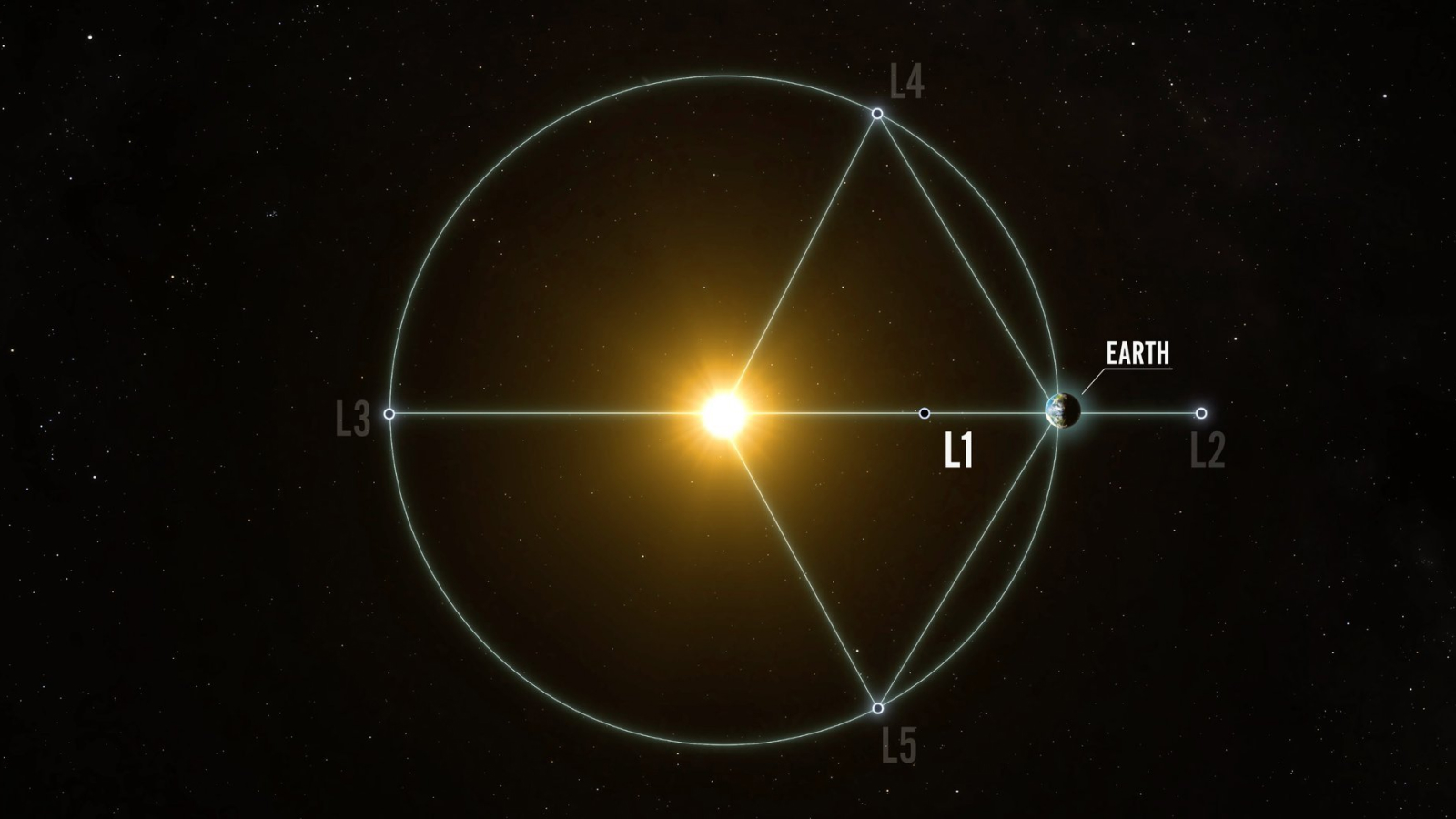NASA has officially launched the Carruthers Geocorona Observatory, marking a significant step in understanding Earth’s mysterious “halo.” The mission will span two years, during which scientists will closely examine the geocorona—a vast cloud of hydrogen atoms that surrounds our planet. By studying this ethereal region, researchers hope to uncover new insights about how Earth’s atmosphere interacts with space and how it protects us from harmful solar radiation.

What is the Geocorona?
The geocorona is a huge, faintly glowing halo that extends thousands of miles above Earth’s surface. Although invisible to the naked eye, this layer plays a crucial role in filtering solar energy and shielding life on Earth from the sun’s more dangerous rays. NASA’s new observatory will use advanced instruments to map the structure and behavior of the geocorona in unprecedented detail.
Why This Mission Matters
Understanding the geocorona can help scientists better predict space weather events and their impacts on satellites and communication systems. The Carruthers Geocorona Observatory pays tribute to Dr. George Carruthers, a pioneer in ultraviolet astronomy, whose work laid the foundation for this mission. Over the next two years, the observatory will provide valuable data that could enhance our protection from space hazards and deepen our knowledge of Earth’s place in the solar system.
Sources:
Live Science – NASA launches special mission to study Earth’s mysterious halo